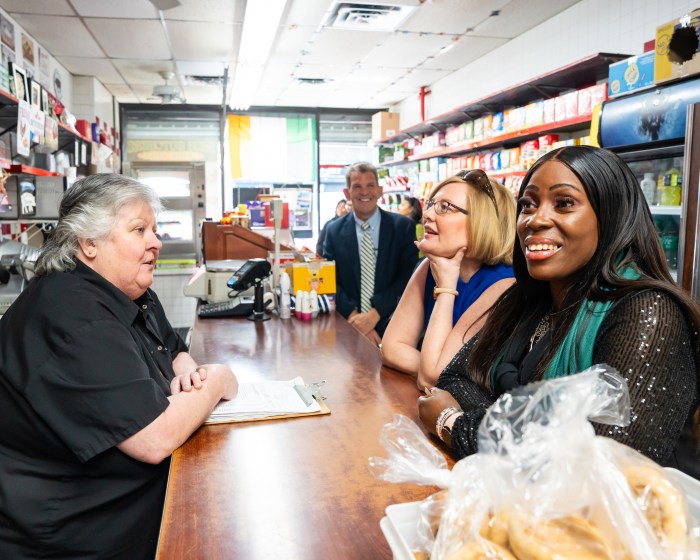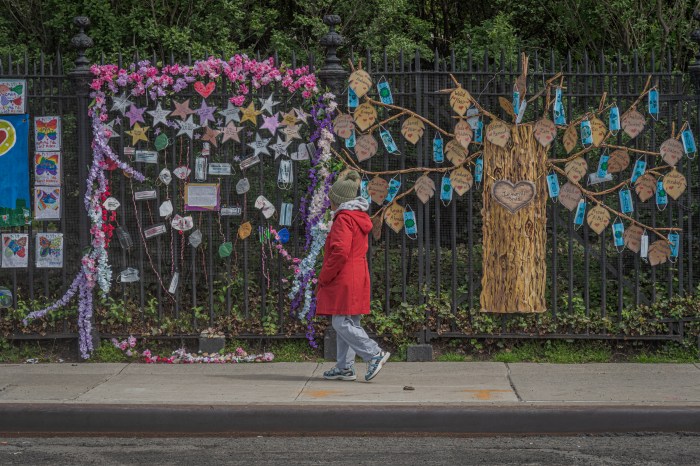Deborah Danner struggled with mental illness. That’s no reason to be fatally shot by police.
When Sgt. Hugh Barry entered Danner’s Bronx apartment on Tuesday, he was able to persuade her to put down a pair of scissors. But when the 66-year-old woman approached him with a baseball bat, he appeared to violate protocol and went to the deadliest option — his gun. The sergeant previously was accused in two lawsuits of civil rights violations.
Both Mayor Bill de Blasio and Police Commissioner James O’Neill condemned the shooting and asked why the sergeant hadn’t used a stun gun or waited for a specialized unit with experience in negotiations, for example, as dictated by protocol. O’Neill said the department had “failed” Tuesday night. The officer was put on modified duty. We commend O’Neill for his forthrightness.
The NYPD responds to tens of thousands of these difficult situations every year. In a reminder of the dangerous nature of the job, de Blasio and O’Neill addressed a memorial ceremony on Thursday for two officers killed in 2015, one chasing a suspect, the other shot in his patrol car.
Once again we are left with a civilian fatality that also never should have happened.
Danner’s death is sadly similar to that of Eleanor Bumpurs in 1984, killed by an officer’s shotgun blast. There was a similar outcry of protest after her death, but attempts at reform were slow. The NYPD caught up with the national model last year when it began teaching officers to respond to those in distress with Crisis Intervention Training. Of about 36,000 officers, 4,397 have been trained. Sgt. Barry was not one of them.
To ensure safety, the city should do more to properly handle mental health emergencies by pairing civilian professionals with police. Just five such teams were established in 2015. With police alone now bearing the brunt of that difficult dual role, officers need to be trained. The NYPD must accelerate the pace of mental health training, and re-examine protocols to prevent this kind of tragedy. And to make sure the rules are followed, officers violating them should be held accountable.

















